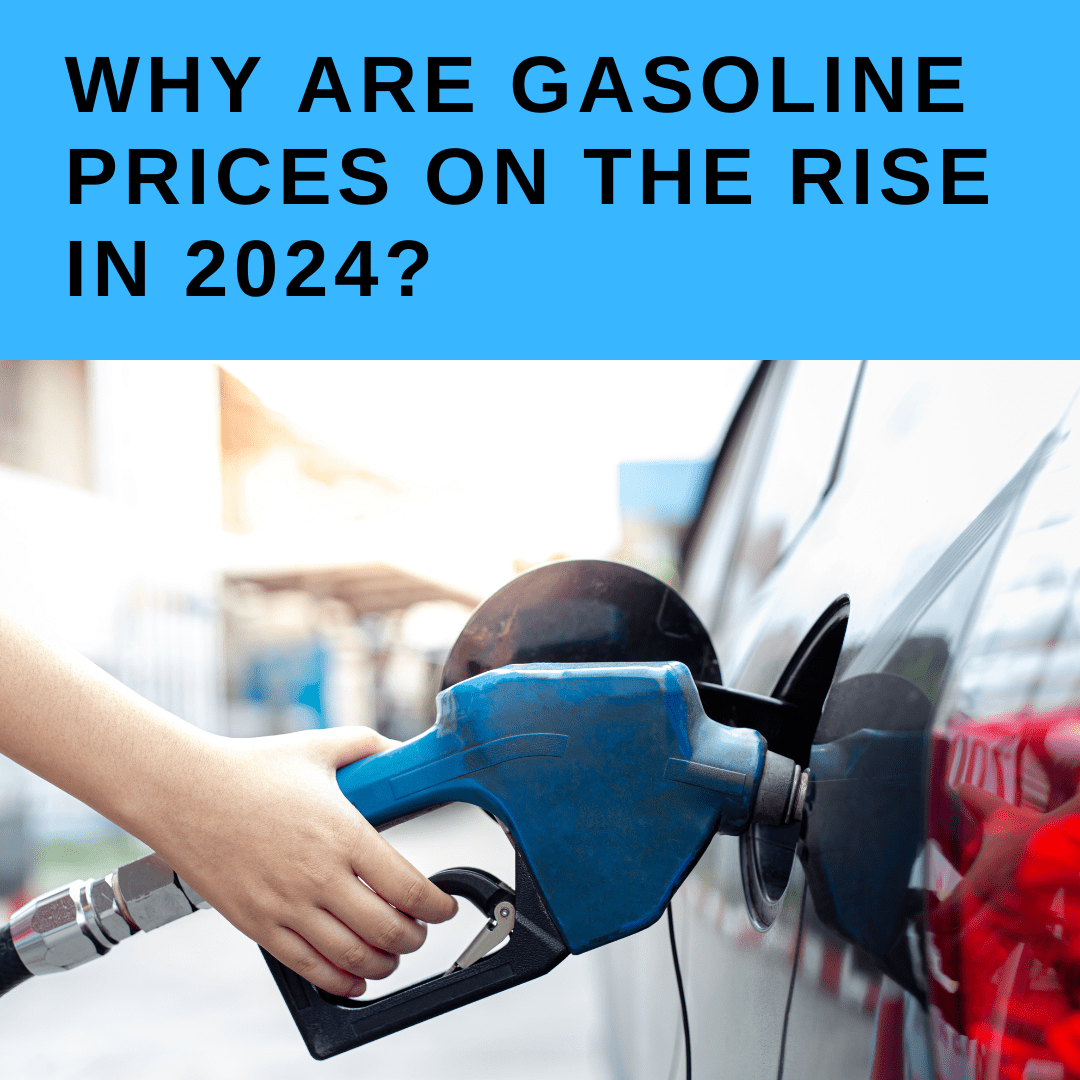With s the summer driving season on the horizon, the price of oil has surged to its highest levels in months, reflecting a confluence of factors that are reshaping the global energy landscape. With millions of Americans hitting the roads for vacations and leisure travel, the surge in demand for gasoline and diesel fuel has propelled oil prices upward, adding fuel to the ongoing recovery in energy markets. Against a backdrop of supply constraints, geopolitical tensions, and inflationary pressures, the rally in oil prices underscores the challenges and opportunities facing consumers, businesses, and policymakers as they navigate the complexities of the post-pandemic world. Summer Driving Season is Almost Here – Oil Prices on the Rise.

Summer Driving Season Dynamics:
The summer months traditionally mark the peak of the driving season in the United States, as families embark on road trips, vacations, and outdoor adventures. This surge in travel activity translates into increased demand for gasoline and diesel fuel, driving up consumption and placing upward pressure on oil prices. With pandemic-related travel restrictions easing and vaccination rates rising, the anticipation of a busy summer driving season has fueled optimism about the prospects for energy demand recovery. Summer Driving Season is Almost Here – Oil Prices on the Rise.
Supply Constraints and Geopolitical Tensions:
Amidst the backdrop of surging demand, oil markets are grappling with supply constraints and geopolitical tensions that have contributed to the rally in prices. Production disruptions in key oil-producing regions, including the Middle East and South America, have tightened global supply conditions, exacerbating concerns about potential shortages and market stability. Moreover, geopolitical tensions and uncertainties surrounding Iran’s nuclear program, tensions in the Strait of Hormuz, and conflicts in the Middle East add to market jitters and support higher oil prices. Summer Driving Season is Almost Here – Oil Prices on the Rise.
Inflationary Pressures and Economic Repercussions:
The surge in oil prices comes at a time of heightened inflationary pressures and economic uncertainties, posing challenges for consumers, businesses, and policymakers alike. Rising energy costs translate into higher transportation expenses, heating bills, and input costs for businesses, potentially squeezing household budgets and eroding purchasing power. Moreover, sustained increases in oil prices can impact broader economic trends, including inflation expectations, interest rate decisions, and corporate profitability, shaping market sentiment and investment strategies.
Implications for Consumers and Businesses:
The surge in oil prices has immediate implications for consumers and businesses across various sectors of the economy. Higher gasoline prices at the pump can weigh on consumer spending, particularly for low- and middle-income households, impacting discretionary purchases and travel plans. For businesses, rising energy costs can increase operational expenses, denting profit margins and potentially leading to adjustments in pricing strategies and investment decisions. Moreover, industries heavily reliant on energy inputs, such as transportation, manufacturing, and agriculture, may face challenges in managing rising production costs and maintaining competitiveness in global markets. Summer Driving Season is Almost Here – Oil Prices on the Rise.
Conclusion:
As oil prices soar to multi-month highs amidst the arrival of the summer driving season, stakeholders across the economy are grappling with the implications of the energy market rally. While increased demand for oil and petroleum products fuels optimism about economic recovery and consumer activity, supply constraints, geopolitical tensions, and inflationary pressures pose challenges and uncertainties for businesses and consumers alike. Navigating the complexities of the energy landscape requires a nuanced understanding of market dynamics, risk management strategies, and adaptive responses to emerging trends, ensuring resilience and agility in an ever-changing environment.
More articles on Oil and Gas Industry
Connect with Factoring Specialist, Chris Lehnes on LinkedIn

